This Steam creator cracked the code of cozy hidden objects games to create 42 charming puzzlers in just 2 years
Follow the Fun, the most prolific creator you’ve never heard of, releases multiple games a month and has the process down to a science.
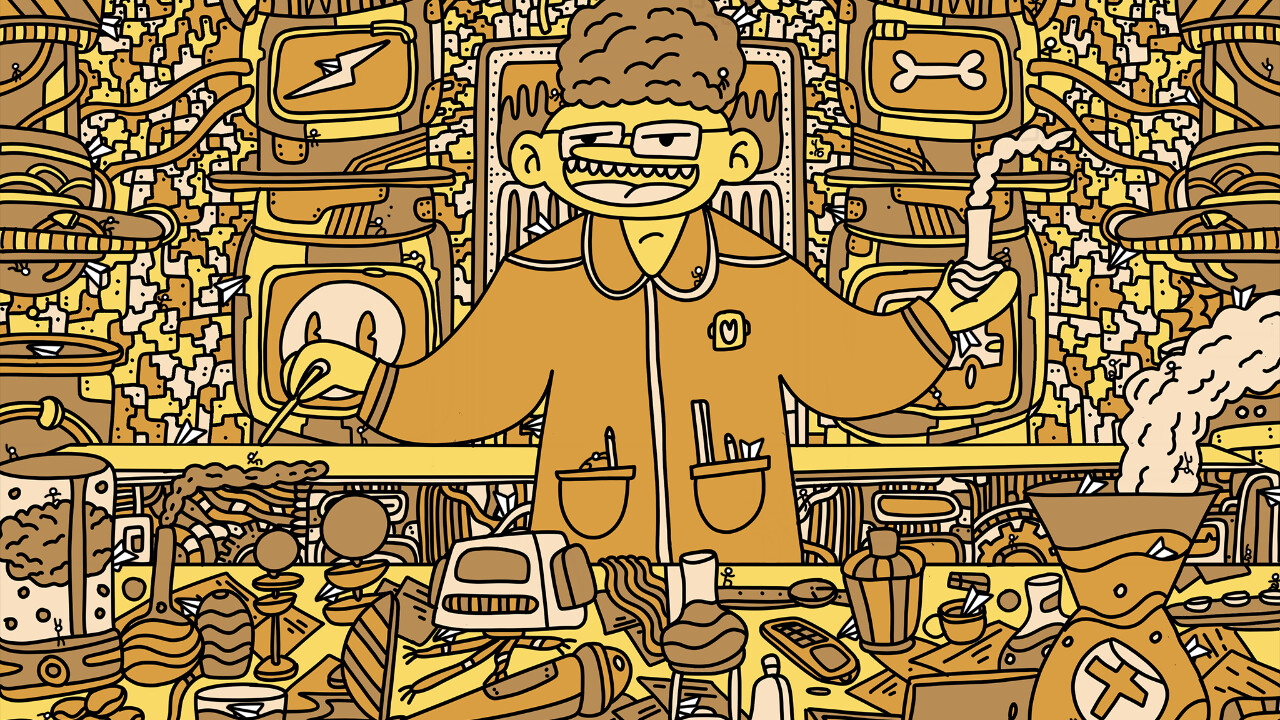
If you're not in the habit of poking around the corner of Steam dedicated to hidden object games, you likely haven't come across Follow the Fun, who is quite possibly the most prolific game developer in all of PC gaming. Follow the Fun has pumped out dozens of hidden object games since 2022, all with titles like I Commissioned Some Bees! or I Commissioned Some Cats! or I Commissioned Some Unicorns! They are, one and all, exactly what they claim to be. For the low-low price of $3.99, you get a handful of beautiful, intricately detailed pictures that the game's creator paid an artist for, with 100+ little prizes secreted away inside them.
The name was actually intended to be ambiguous. 'I commissioned some bees…' to do what?
"The name was actually intended to be ambiguous," says developer Follow the Fun. "'I commissioned some bees… to do what?', as if I'd commissioned the bees themselves." With their first hidden object game released in March 2022, they were hoping to make people curious. You've got to click through to the game before the meaning is revealed.
Fans often now reference and joke about the naming scheme, but it does have some drawbacks, namely the clarity Follow the Fun sacrificed by not calling them something simple like "Hidden [Objects]." They rely on Steam's recommendation algorithm to make sure their games find their way to players who'll be searching for more conventional terms.
The Commissioned series hearkens back to the glory days of Where's Waldo, where you could spend hours as a kid meticulously combing over the illustrations, giggling at the little guys in the background climbing up fire poles, eating hot dogs, getting splashed by waves, and finally finding Waldo smiling cheekily in his striped shirt, all of a sudden so obvious you wonder how you ever missed him in the first place.
The charm of these games isn't just from the artwork. The simplicity of the project is endearing, especially in our current environment, where the work that went into the games that end up in our Steam library is often obscured to the point of being entirely unknown.
They commissioned some bees! How quaint—a clear track from point A (no bees) to point B (bees I can purchase for $3.99).
Follow the Fun says that the idea originated with some videos they watched where a YouTuber commissions a group of Fiverr artists to complete the same task, then goes through the different work they receive with their audience. "I found it absolutely fascinating how different all the results would be, and the unique creativity each artist would bring to the task. So I began to think about how I could do something similar in game form."
The biggest gaming news, reviews and hardware deals
Keep up to date with the most important stories and the best deals, as picked by the PC Gamer team.
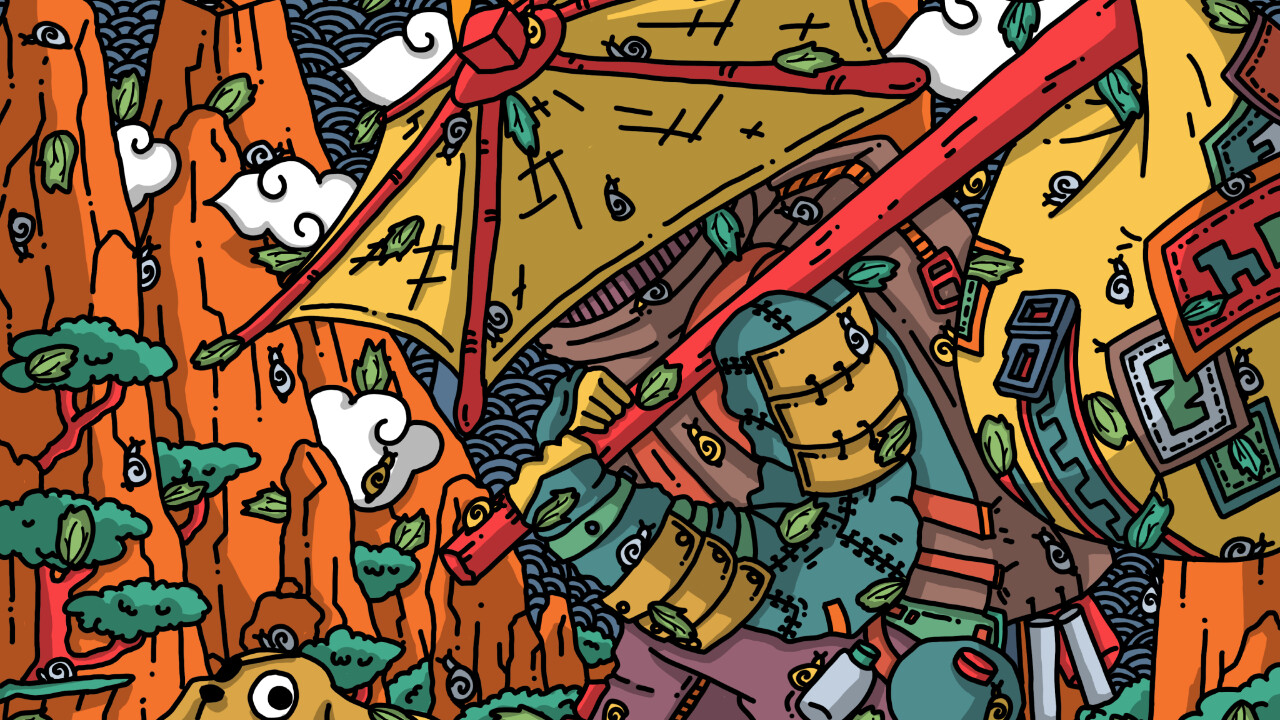

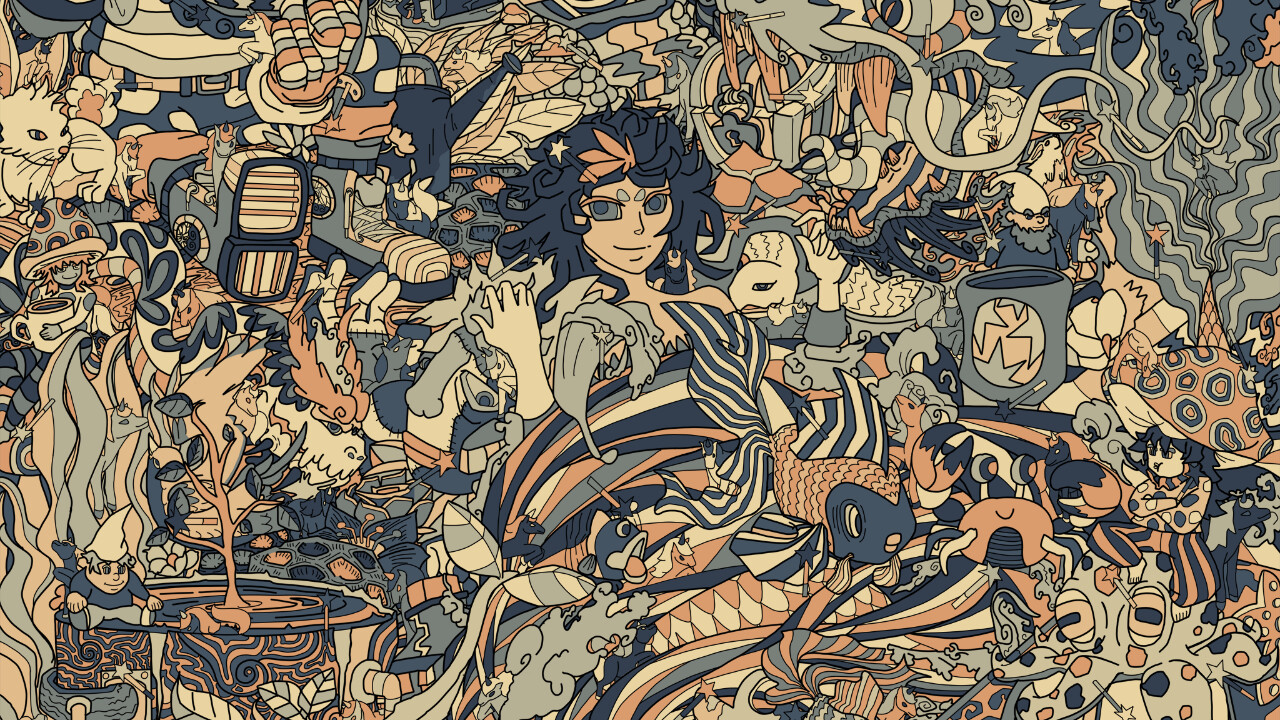
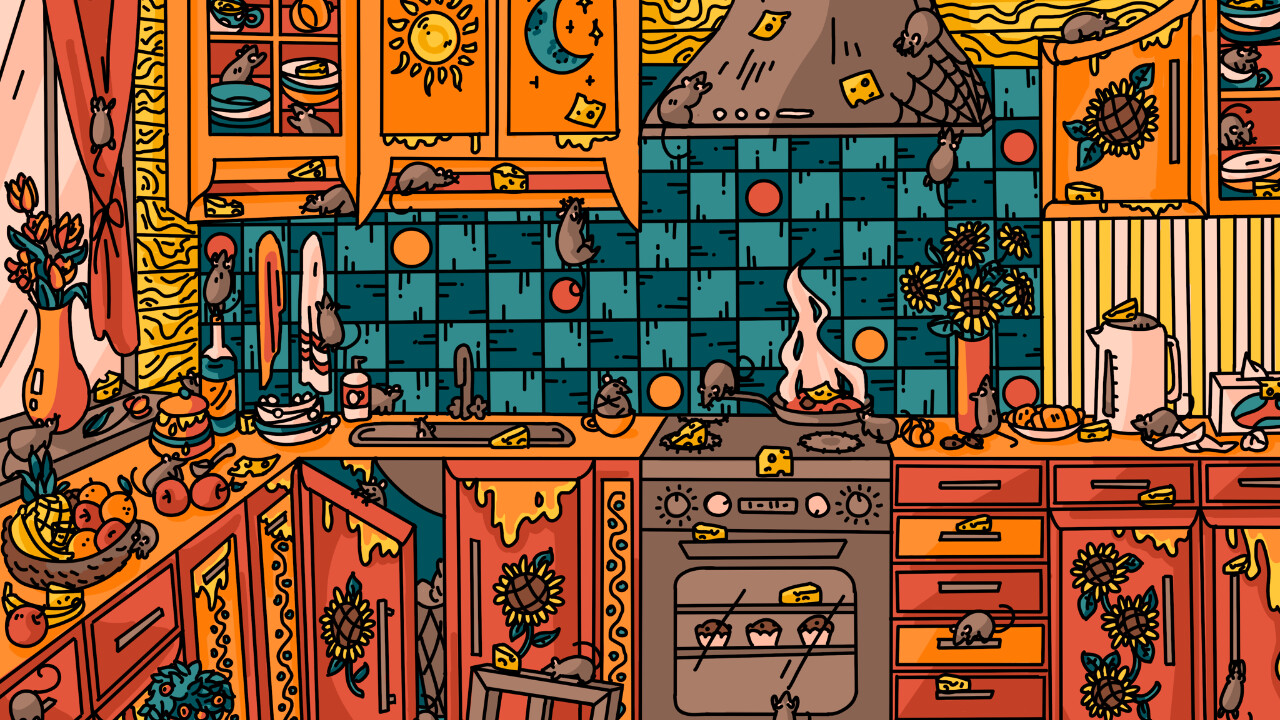
When a bundle of hidden object games found its way into their Steam library, they knew they were onto something. They immediately started reaching out to artists. "With the exception of time periods without Internet access, there has not been a single day since that I haven't been messaging and advancing projects with artists," they say. Since the brief is "draw whatever you want," the artists get to play around, and the nature of the games encourages you to get sucked into the details of these little fantasy worlds.
Despite what the titles of the games would lead you to believe, the work doesn't stop there. It's not as simple as making the bees clickable and layering a track of music over the image. There's a lot that goes into putting together even something as mechanically uncomplicated as a hidden objects game. After 16 bees games, 10 cat games and a pile of one-offs, Follow the Fun has a pretty good system set up.
The first step is always the art commissions, which have to be much more than just visually interesting: they have to be detailed enough to provide a challenge, and there's also the nitty-gritty technical aspects like making sure everything is the correct resolution and none of the hidden objects overlap. Once the artwork is finalized, they’ve got a team to help them out with even more of the poky little side jobs. These include:
- Marking up each object (there are 1500+ objects per game!)
- Removing things in the background that look too much like the hidden objects
- Checking to make sure the content of each level is appropriate for all ages
- Finding high quality music to go with each piece of artwork, and making each track loop
- Play-testing the levels multiple times to eliminate confusing or unfairly hidden objects, and to decide the best level order
- Recording gameplay and making a trailer
- Drawing the achievement icons and creating level thumbnails
- Designing the translated box art for the game across 24 languages, then uploading and configuring it in Steam
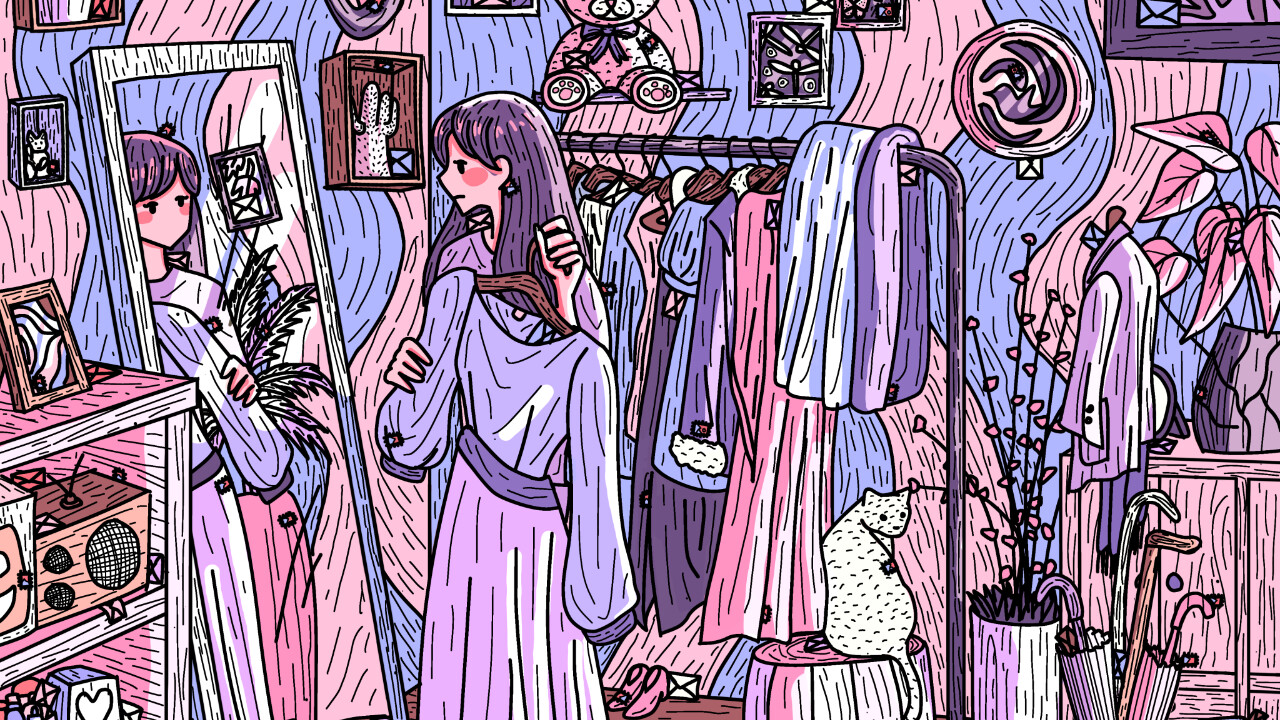
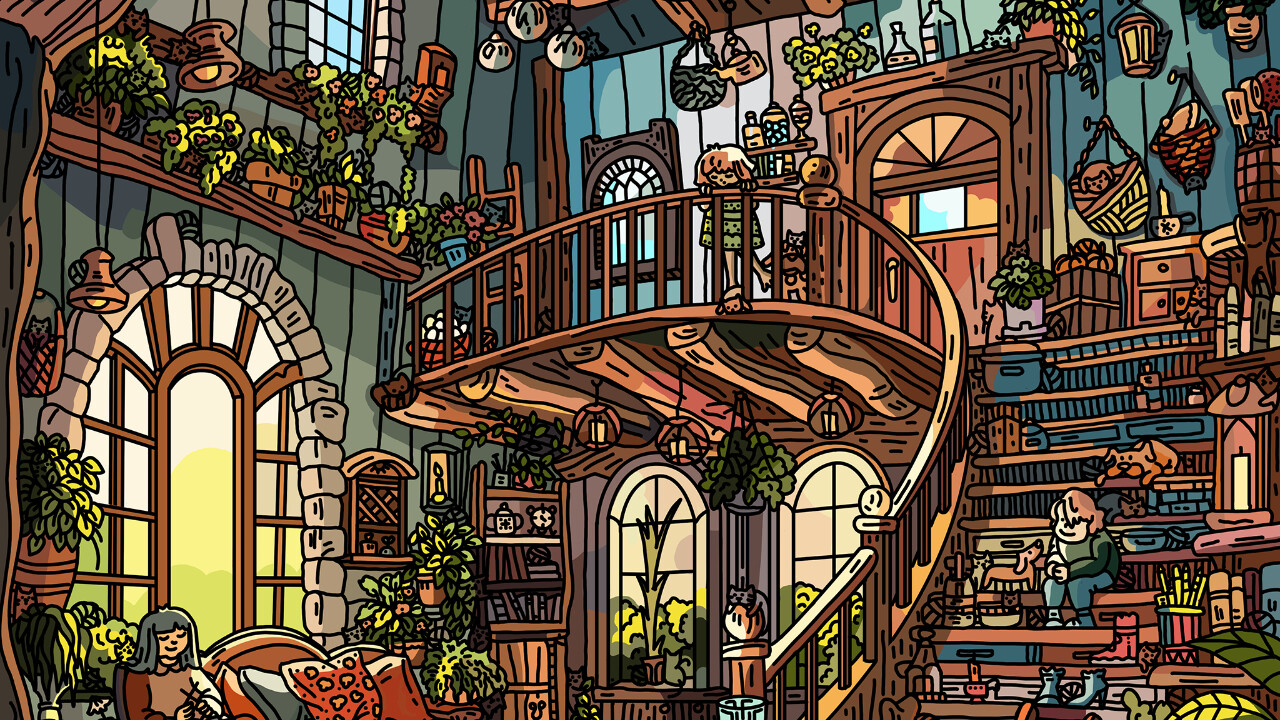
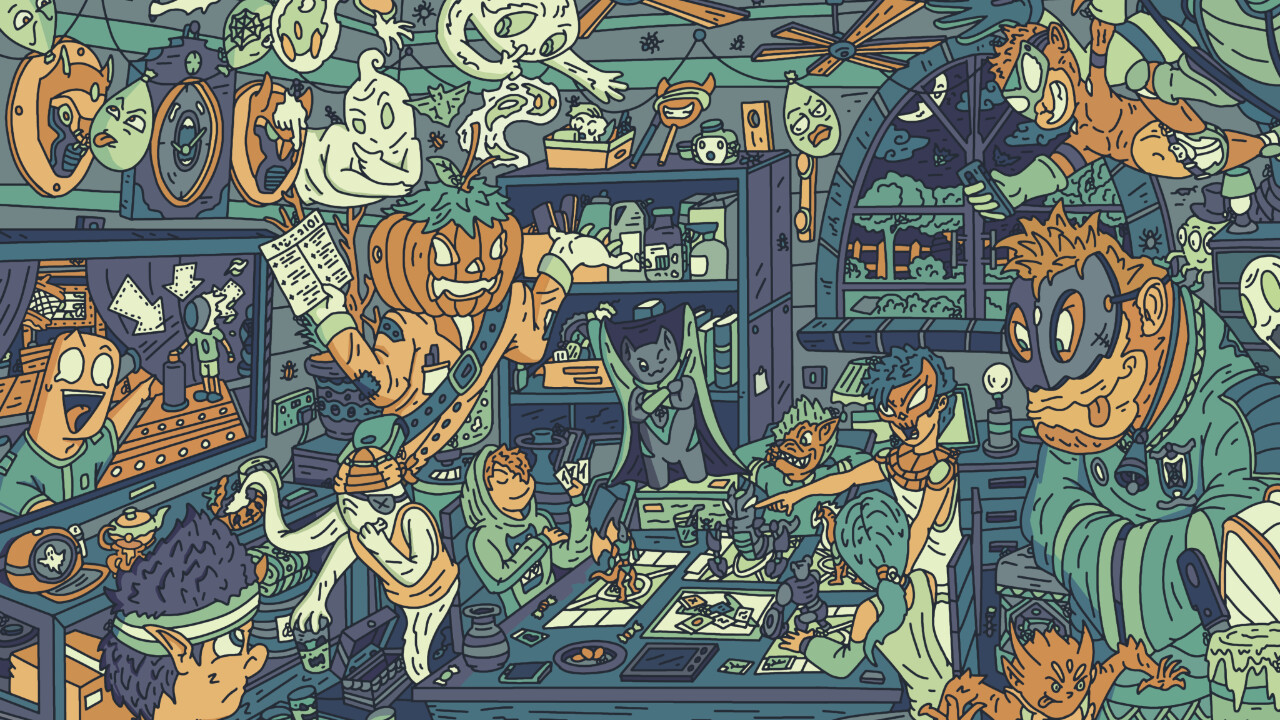
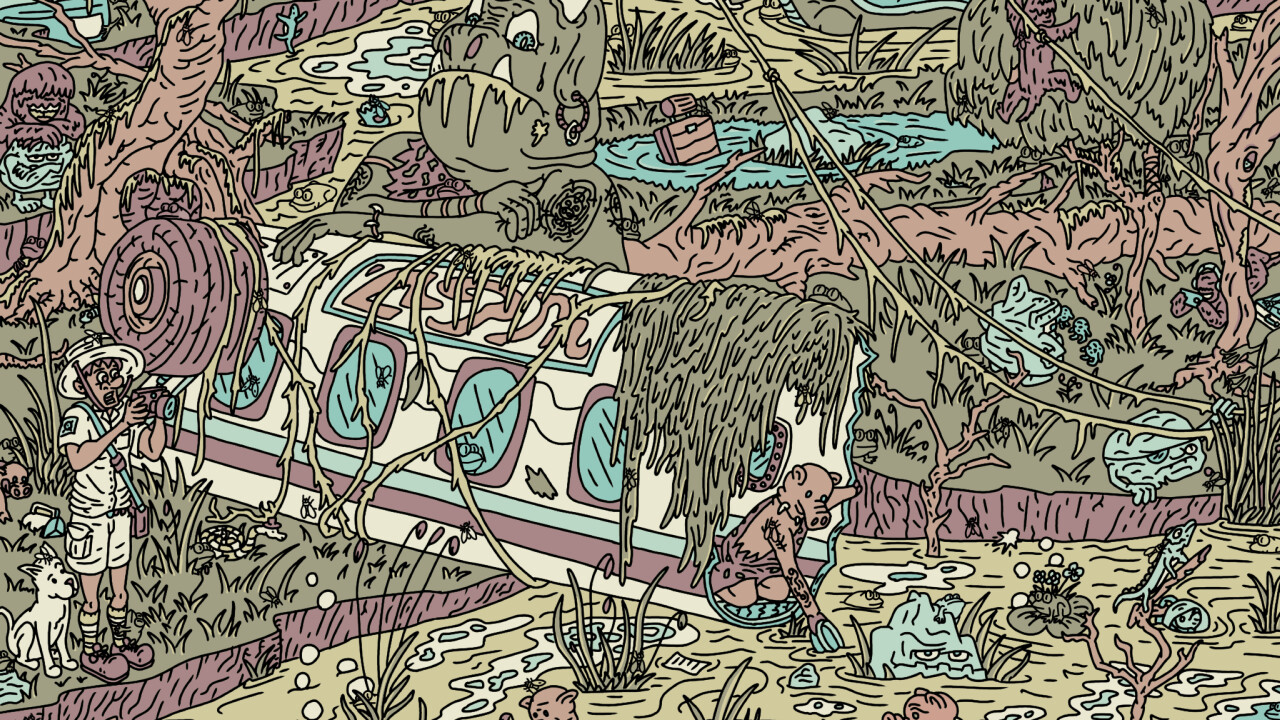
Follow the Fun has been working on tools to automate the parts of the process that don't need a human touch, such as renaming and moving assets. Still, there's a lot involved in putting the bees in place, considering the games tend to cost $2-4. Admin work builds up; automation and extra hands on deck can help a lot, but people have to be trained and tools have to be maintained.
Once Follow the Fun logged the time they spent working on one project from start to finish, and it was the minutes and hours sunk into those random little tasks—spreadsheet organization, file maintenance, asset preparation/importing, data entry, or simply waiting for things to load—that surprised them the most. "At the end of the day, it's all time," they said. "It's something I think about a lot now when planning my projects."
Lucky for them, the process is involved but not stressful. The lack of specific deadlines and the experience the team have in the pipeline they've created means that they just have to keep up momentum. The series hasn't been a smash hit, but the hidden object community on Steam is healthy enough that Follow the Fun has their share of devoted fans—some who even send in pictures of them playing the game with their family. After almost two years of Commissioned games, they’re thinking about how a future series could improve on the shortcomings of the current one.
After speaking to Follow the Fun, I was struck by just how severely I'd misjudged their project. I'd fallen for the cheeky matter-of-factness of the titling scheme; I did indeed assume they’d just commissioned some bees! It's an old trap to fall into, thinking that because something looks simple it is simple. In game development especially, much of the time and labor is hidden behind the flash and bang of the final project—we tend not to realize that something that takes the player five seconds might have taken the developer five days.
Follow the Fun repeatedly stressed the importance of their team and of the tools they’d built, and how the release cadence of two or even three games per month was only possible because of that hidden work. Turns out it's true what they say: it takes a village to commission some bees.
Maddi Chilton is an internet footprint from the Midwestern US. Formerly a staff writer at Kill Screen, she now talks about video games for Unwinnable, Heterotopias, Bullet Points Monthly, and other places. The majority of her personality can be traced back to The Elder Scrolls 3: Morrowind.


